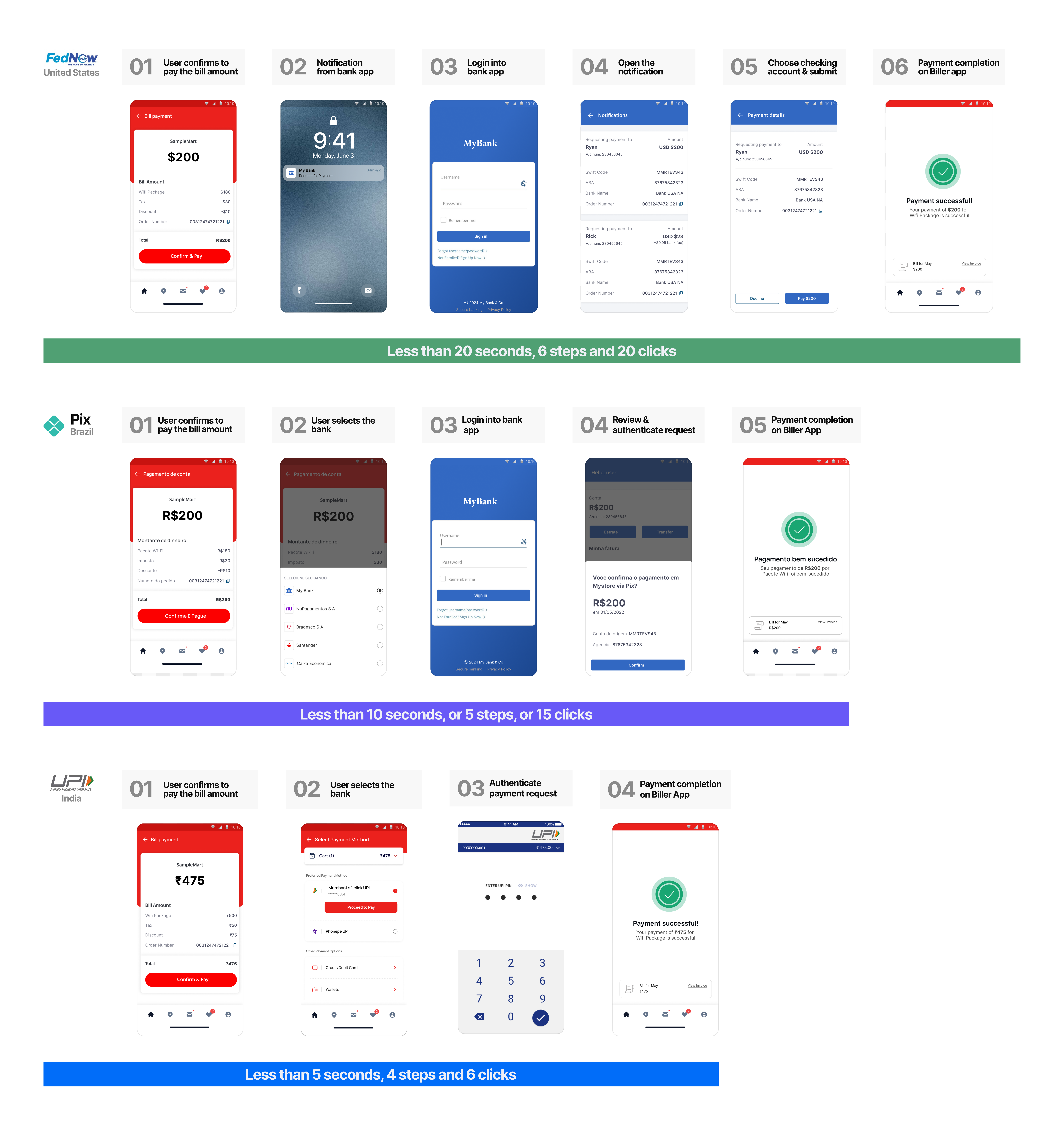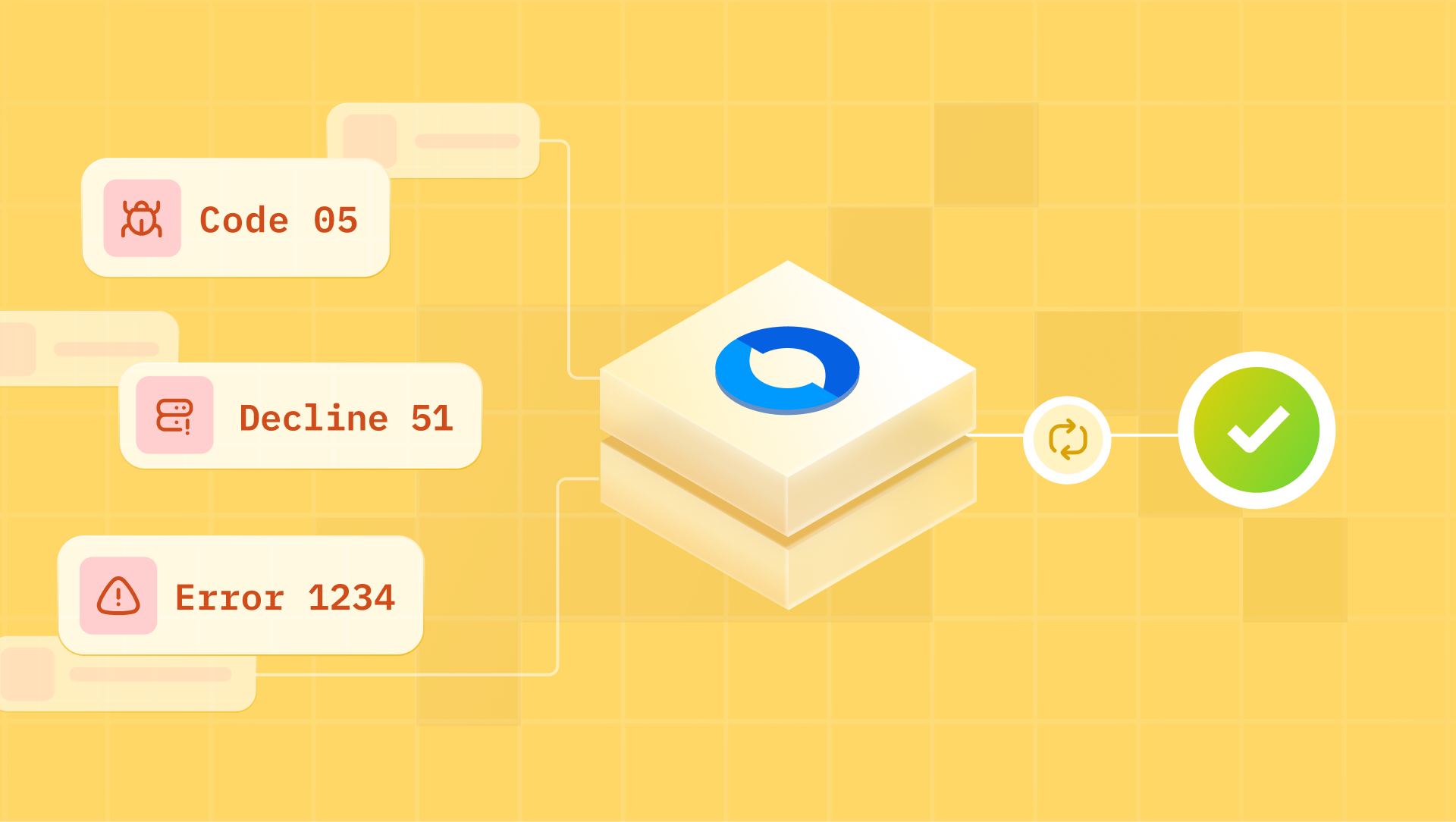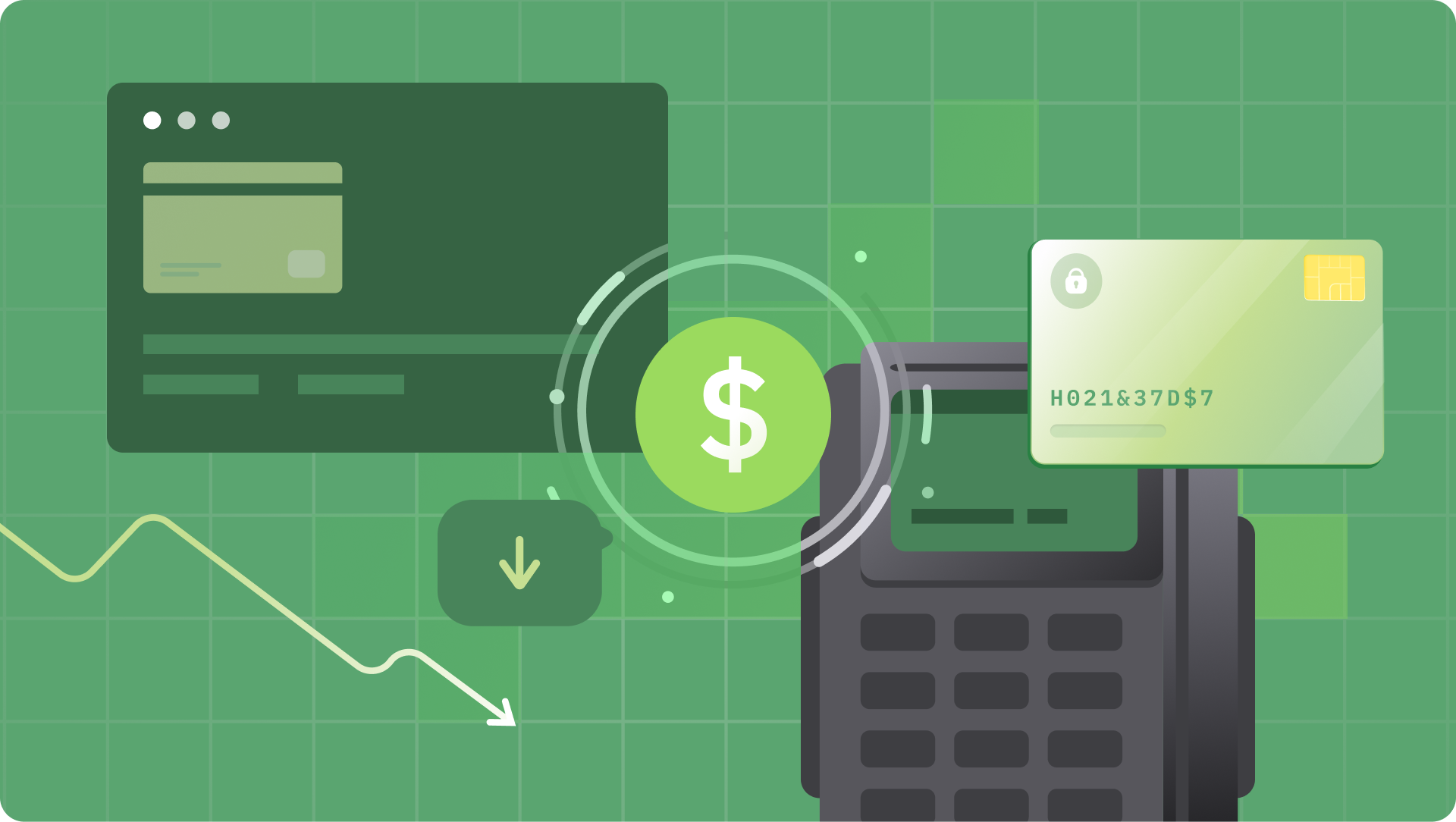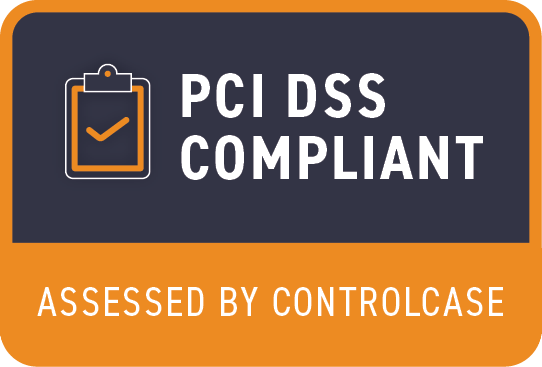The fastest payment experience for users
Ofcourse, all three are instant payment systems, but we are going to benchmark the fastest based on the user experience - number of steps, number of clicks.
Payment experience is the critical factor which influences the adoption of Account to Account payment systems by digital businesses (or merchants) for Consumer-to-Business use cases. And we will be comparing the payment experiences across three Account-to-Account payment systems in the world - Fednow (US), Pix (Brazil) and UPI (India).
Now, let’s have a quick look at how a typical bill payment experience will look like - across Fednow, Pix and UPI. And then we deep dive into how and why such experience diversity exists.

Factors differentiating the payment experience
It always boils down to two important factors defining and differentiating Payment experiences across Account to Account Payment systems. The approach taken by the payment system operator becomes the key enabler for seamless Consumer-to-Business payment experience.
1. On which domain does the User have to authenticate a payment?
If the owner of the Bank account is enabled, authenticating the payment helps to fundamentally prevent fraud and protect the account information of the user. Such authentication may happen in the Bank App (Bank domain) or in the Merchant App (Merchant Domain).
While the Fednow service and Pix always expects the user to navigate to the Bank App for authentication, UPI allows licensed players to authenticate payments using an lightweight SDK to deliver an embedded. This applies for merchants who are licensed as a TPAP (Third Party Application Provider) by the operator of UPI.
| Fednow and Pix | UPI |
| User must be navigated to the Bank App (Bank Domain) for Payment Authentication | The best possible user experience (if the merchant is licensed as a Third party application provider - TPAP) allows the user to authenticate the payment from within the Merchant App. The most predominant user experience in UPI is that the user will have to navigate to the Bank App for authentication |
2. How User is navigated from the Merchant App to the Bank App?
For the most typical experience of Fednow, Pix and UPI - the user has to navigate to the Bank application and authenticate the payment. Now, shifting between apps might be quite a cumbersome process for the user, and directly impact the conversion rates for digital businesses.
| Fednow | Pix | UPI |
| App notification: Automatically receiving a mobile app notification to open the Bank App | App Intent: The Merchant App can automatically trigger the Bank App with payment context (possible when the Merchant is a licensed PISP -Payment initiation service provider) | App Intent: The Merchant App can automatically trigger the Bank App (does not require any license/ certification, since this is an open protocol). |
| App notification: Automatically receiving a mobile app notification to open the Bank App and complete payment. | App notification: Automatically receiving a mobile app notification to open the Bank App and complete payment. | |
| Switching Apps: Copy payment code from the Merchant App, manually switch to the Bank App and complete payment using a payment code. |
UPI is the fastest payment experience compared to Pix and Fednow.
Why does such a diversity exist in payment experience?
The experience diversity in such payment systems exists due to various factors, such as regulator’s policy decisions and key objectives behind the launch of the payment system.
India and UPI
With the motive of enabling Fintechs to build apps for UPI use cases, the NPCI (the operator of UPI) took a strong stance to align all major Indian banks to agree upon using a Common SDK based payment authentication system. In overall payment authentication was solved through two fundamental constructs:
- TPAP [The Business Interface] - stands for Third Party Application Provider. TPAPs are fintechs that provide applications and interfaces for customers to initiate and authorize UPI transactions. They act as intermediaries facilitating the interaction between the customer, the bank, and the UPI payment system.
- Common Library [The Tech Interface] - a set of standardized components and interfaces designed to facilitate the integration of UPI functionalities across various platforms and applications. Strong Device binding + MPIN declared as the common authentication mechanism.
The experience was owned by the TPAP, however functionality of authentication was delegated to the Banks. The TPAP were regulated with a smaller checklist (compared to Banking regulations) and led to an ecosystem of 27 TPAPs (including Google, Amazon, Phonepe, Make my trip etc.,) who did the heavy lifting of solving for consumer experience and took UPI to the nooks and corners of India.
“Such a seamless user experience may not have happened, if UPI was dependent on the Bank’s implementing different authentication mechanisms using their own IT systems.”
Brazil and Pix
Brazil’s Central Bank solves for payment authentication experience by creating a licensing model for Pix Payment Initiation Service Provider (PISP).
The PISP license enables non-bank entities to offer payment initiation services. So users can make Pix payments directly from Third-party apps and directly trigger the Bank App interface. Players like Ebanx and Belvo are certified PISP providers who provide such a payment experience.
A primer on Fednow, Pix and UPI
Fednow
FedNow is a real-time payment and settlement service developed by the Federal Reserve for financial institutions in the United States. It aims to enable instant fund transfers and enhance the overall efficiency of the payment system. Piloted in June 2023, Fednow is adopted by 700+ Financial Institutions in the US.
FedNow is primarily designed for instant payments between bank accounts in the United States, including P2P payments, B2B payments, and government payments. While Fednow services are yet to be widely adopted across C2B (Consumer-to-business) use cases, it is expected to be solved with Fednow’s Request for Payments (RFP) construct. By using RFP, a business can present a bill through a customer’s mobile banking app, and the customer can then approve the pre-filled information about the payment amount and requestor in a single step.
UPI
Unified Payments Interface (UPI) is a real-time payment system developed by the National Payments Corporation of India (NPCI) that facilitates instant money transfer between bank accounts. Hence, UPI is a concept that also allows multiple bank accounts to get into a single mobile application.
As of April 2024, UPI processed 13 billion transactions every month across 300 million UPI users and 500 million merchants accepting UPI payments for their businesses.
UPI is also gaining global traction with initiatives in Bhutan, UAE, Malaysia, Singapore, and other neighboring countries. UPI collaborations also extend to regions like Europe, Japan, and the US, fostering cross-border transactions.
Pix
Brazil’s Pix is the state-owned instant payments system of for people, businesses, and government entities to make money transfers 24 x7, in a matter of seconds. Its immense popularity has dethroned cash as king and is putting behind the card networks and Brazil’s three-decades-old cash-based payment voucher.
Roughly 145 million consumers in Brazil made more than 36 billion Pix transactions in 2023, according to official figures from the country’s central bank. That is roughly two-thirds of the country’s entire population using Pix.
And Consumer to Business (C2B) payments is the fastest growing use case for Pix. Around 34% of all Pix transactions in September 2023 were consumers paying businesses – either transacting with merchants in-store or online or to pay billers. Comparatively in September 2022, C2B transactions were only 22% of total Pix transactions.
Pix allows the Private Sector to participate in Pix to make the payment experience seamless for Consumer to Business payments. The Payment Initiator Service offered by licensed PISP providers makes it possible for websites and apps that sell physical and digital products, services and softwares, to initiate payments via Pix directly from their checkout pages, with the aim of simplifying the consumer journey and reducing the number of payment steps.








